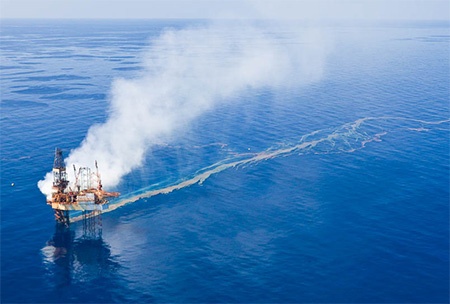Oil Spill Dispersant
Australia depends almost exclusively on shipping to transport its exports and imports; and in terms of tonnage shipped, Australia is the largest bulk commodities exporter in the world. Australia’s growing offshore petroleum industry is also critical to the country’s energy security.
In response to the importance of these sectors to the country’s economic, environmental and social wellbeing, Australia is party to the United Nations Convention on the Law of the Sea, 1982 which establishes an obligation to protect and preserve the marine environment.
The National Plan for Maritime Environmental Emergencies is one of the ways Australia meets its obligations.
The National Plan sets out national arrangements, policies and principles for responding to maritime emergencies. This is how federal, state and territory response capabilities work together. In operation since 1973, the National Plan has been characterised by willing and effective cooperation between governments and industries, and has provided both timely and effective response to actual pollution incidents. At Central Highlands Aerial Services, we are proud to work with Aerotech 1st Response and AMSA and to be able to contribute to the National Plan.
We are all responsible for Ocean health
The majority of life on Earth
94 per cent of life on earth exists within the oceans. According to the World Register of Marine Species there are now 240,470 accepted species, this is believed to be a small proportion of the species that exist.
The air we breath
It’s thought that between 70 and 80 per cent of the oxygen we breathe is produced by marine plants, nearly all of which are marine algae. The ocean absorbs CO2 at a rate of 22 million tons per day.
The climate
Around 70% of the planet’s surface is covered by oceans. In fact, the oceans hold about 96.5% of all water on Earth. It absorbs solar radiation and regulates earths climate.
The world below
When salt water and hydrogen sulfide combine, it becomes denser than the rest of the water around it, enabling it to form a lake or river that flows beneath the sea.

